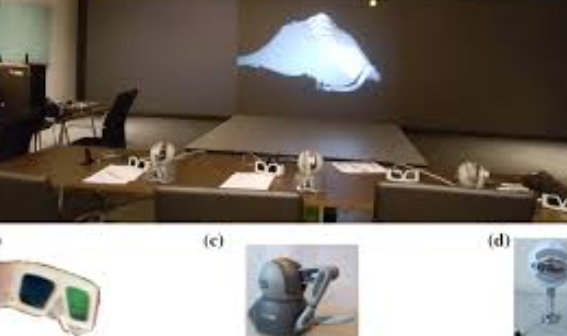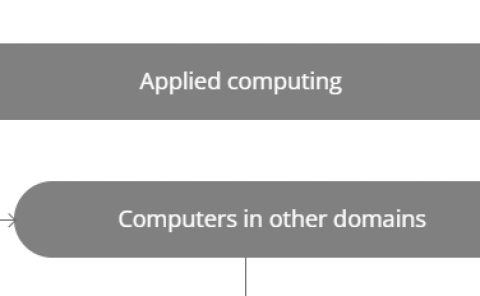Vibrotactile cues on multiuser collaboration within virtual environments
PubDate: December 2017
Teams: University of Calgary
Writers: Aida Erfanian ; Yaoping Hu
PDF: Vibrotactile cues on multiuser collaboration within virtual environments

Abstract
Multiuser collaboration within virtual environments (VEs) need effective means of communication. A real-world collaboration benefits from verbal and nonverbal communication channels. To promote the nonverbal communication within VEs, some research studies have explored various forms of vibrotactile cues that are either spatially co-located with an interaction device held by a user’s hand, or dislocated from the device. These studies are focused on VEs that are established on a leader and a follower paradigm. A multiuser collaborative VE is however governed by an interaction model to handle the simultaneous interactive commands issued by multiple peer users. Proposed in our earlier work, the dynamic priority model (DP) is an interaction model that yields perceived equality in interaction and promotes the multiuser collaboration when peer users communicate through verbal dialogue. As a key means of nonverbal communication in VEs, co-located and dislocated vibrotactile cues might affect the perceived equality in interaction, and how users collaborate under the DP model. In this study, we have thus investigated the role of vibrotactile cues on multiuser collaboration under the DP model. We undertook this investigation in two cue settings: co-located and dislocated. We observed that the DP model yields perceived equality in interaction both in the absence and presence of vibrotactile cues. Also, the co-located cues significantly enhanced the multiuser collaboration compared to the dislocated cues. These observations imply a potential application of co-located vibrotactile cues to enhance multiuser collaboration within VEs.



